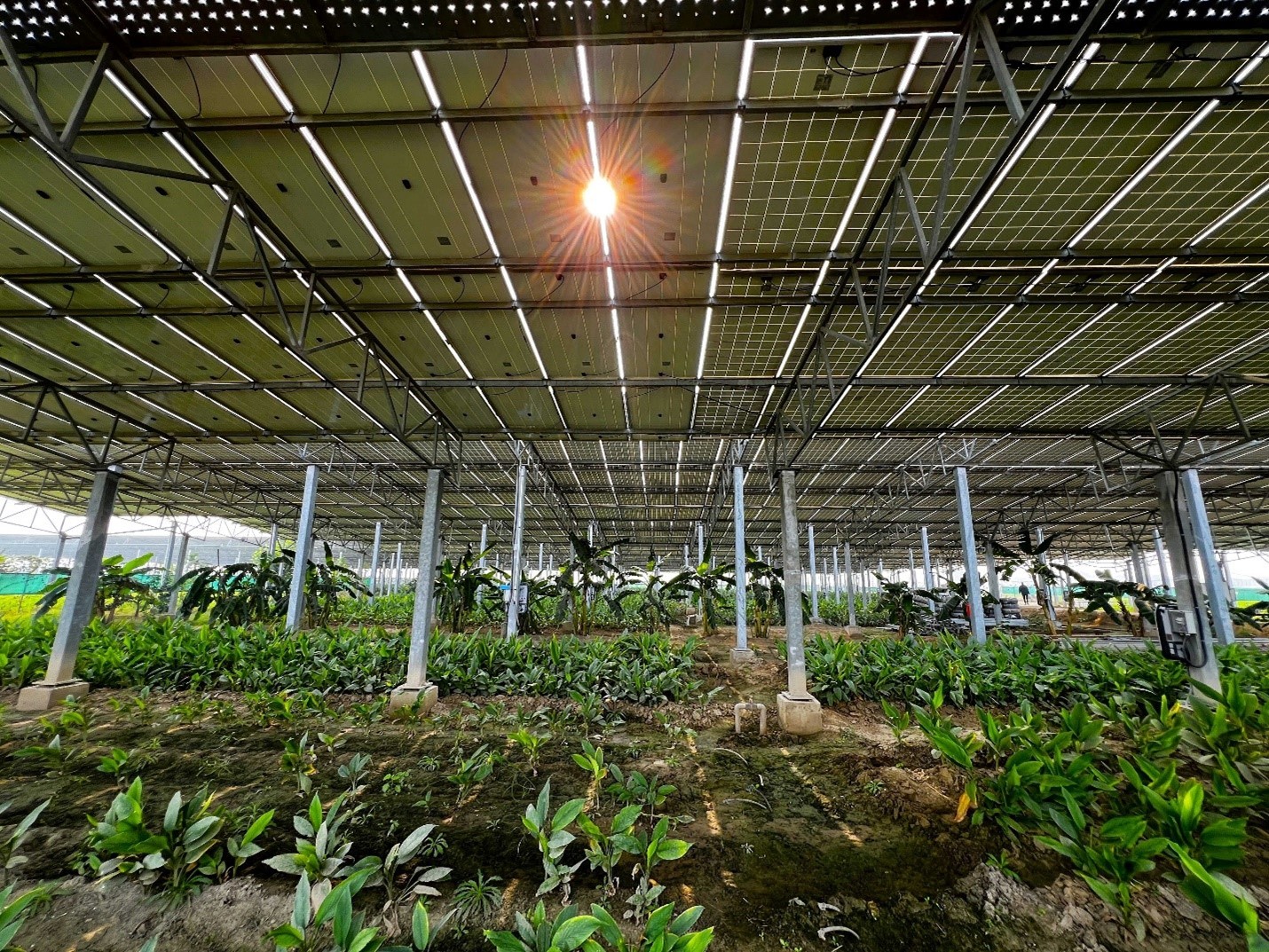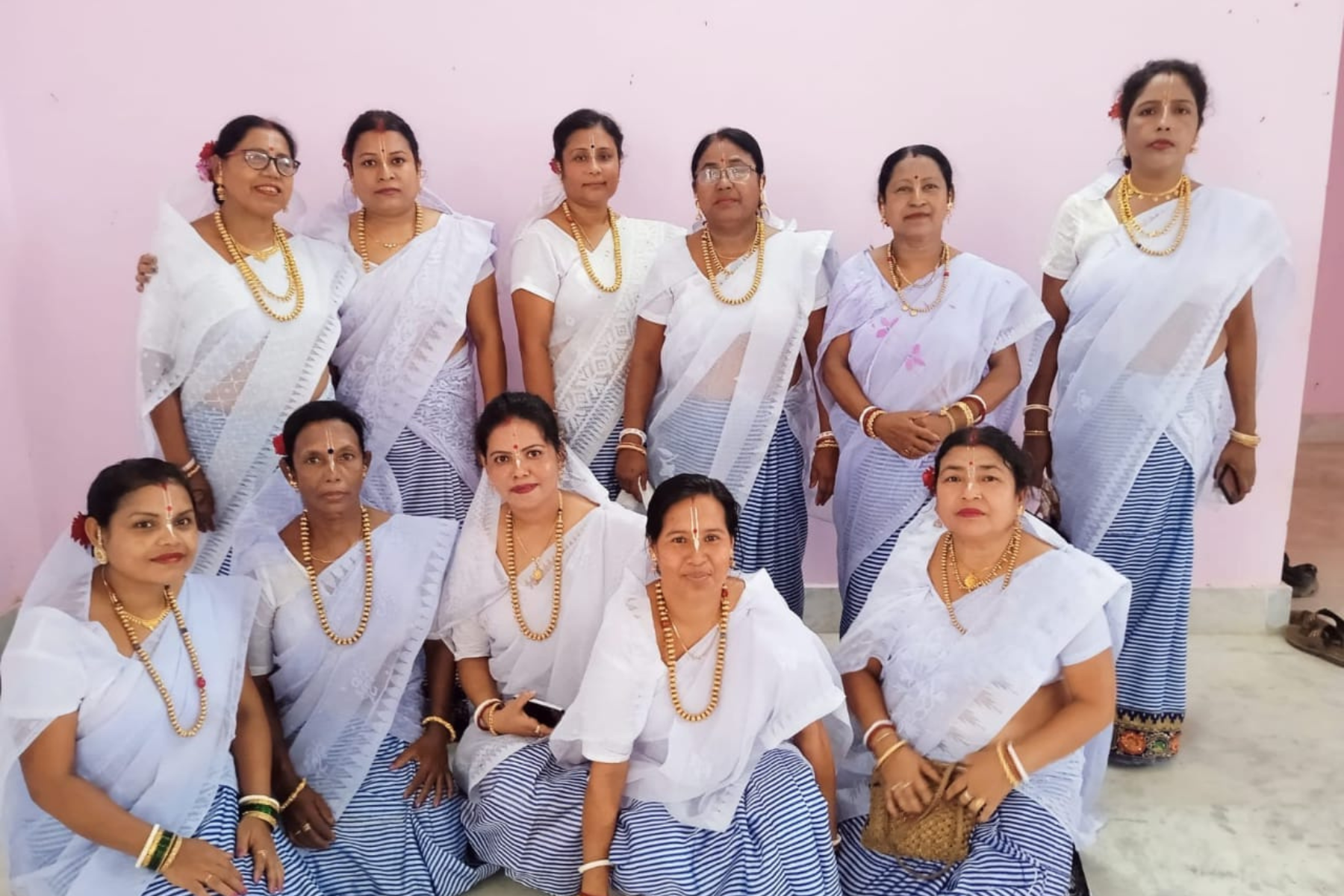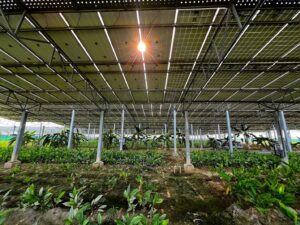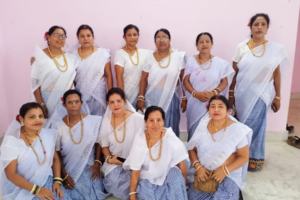In a first-of-its-kind national survey on the impact of the COVID-19 lockdown on rural India, Gaon Connection, India’s largest rural media platform, has documented the untold miseries rural citizens faced during the lockdown, ranging from mounting debts, increasing hunger, inability to access healthcare to complete loss of livelihoods.
Gaon Connection, with the survey, also tried to understand if rural citizens are satisfied with the manner in which the government has handled the COVID-19 pandemic. 74 per cent rural respondents said they were satisfied with the manner in which the government has handled the COVID-19 pandemic.
The survey, based on face-to-face detailed interviews with 25,300 respondents, was carried out in 179 districts across 20 states and three Union Territories by Gaon Connection Insights, the data and insights arm of India’s largest rural media platform. The survey was designed and data analysed by the New Delhi-based Centre for Study of Developing Societies (Lokniti-CSDS).
These survey findings have been put together in the form of a report – The Rural Report – by Gaon Connection. This exhaustive 200-page report is the first set of national insights documenting the post-COVID-19 impact on rural India (For complete details, visit www.ruraldata.in). The report is divided into different themes that include the impact on farmers, financial stress and debt, livelihoods and MGNREGA, pregnant women’s health, hunger, future plans of rural citizens, etc.
“Rural India has not been part of the national media narrative in the wake of the coronavirus crisis. This survey offers powerful insights into how rural India dealt with this crisis, and what it plans to do ahead – including questions like, will they return to cities? Will they change spending patterns?” said Neelesh Misra, founder of Gaon Connection.
The findings of the survey throw light on how the rural population, including migrant workers, survived the possibly longest nation-wide lockdown. So far, most of the reportage or findings on the impacts of lockdown are from urban centres. Gaon Connection Survey shifts focus towards rural India where two in three Indians live.
“Gaon Connection and the Centre for the Study of Developing Societies decided to collaborate and conduct this survey as we wanted to measure the extent of hardships people faced due to lockdown, especially in rural India about which very little was discussed or documented during the lockdown. We wanted the voices of rural people to be heard by the people living in small towns, cities, and especially those who are engaged with policy making,” said Sanjay Kumar, director of Centre for the Study of Developing Societies (CSDS).
Key survey findings of Gaon Connection Survey:
Two months into the lockdown in view of the COVID-19 pandemic, Gaon Connection, in consultation with the Lokniti-CSDS, conducted this rural survey in the states of Rajasthan, Punjab, Haryana, Himachal Pradesh, Uttarakhand, Uttar Pradesh, Bihar, Jharkhand, West Bengal, Sikkim, Assam, Arunachal Pradesh, Manipur, Tripura, Odisha, Kerala, Maharashtra, Gujarat, Madhya Pradesh and Chhattisgarh, and the Jammu and Kashmir, Ladakh, and the Andaman and Nicobar Islands Union Territories.
In addition to the interview with the main earner in every household, a supplementary interview was also conducted in those households where a household member had returned from a city or a town during the lockdown. This interview was taken after the completion of the main earner’s interview. A total of 963 supplementary interviews of such migrants were completed. The aim of interviewing migrants was to find out their experience and struggle in the city/town at the time of the lockdown and their experience/ordeal in travelling back home during the lockdown.
Here are the key findings of the Gaon Connection Survey
— More than 68 per cent rural Indians faced “high” to “very high” monetary difficulty during the lockdown.
— About 23 per cent rural Indians borrowed money during the lockdown, 8 per cent sold a valuable possession (phone, watch etc), 7 per cent mortgaged jewellery, and 5% sold or mortgaged land.
— 78 per cent respondents saw their work coming to a “complete standstill” or “a standstill to a large extent” during the lockdown.
— Skilled workers and manual (unskilled) labourers were the hardest hit. Work shut down completely for 60 per cent skilled workers and 64 per cent manual labourers
— Only 20 per cent respondents said they got work under MGNREGA in the lockdown. Chhattisgarh reported the highest percentage of such households at 70 per cent followed by Uttarakhand (65 per cent) and Rajasthan (59 per cent). Gujarat and UTs of Jammu & Kashmir-Ladakh reported the lowest work under MGNREGA at 2 per cent and 4 per cent, respectively.
— 23 per cent migrant workers returned home walking during the lockdown. Over 33 per cent migrant workers said they want to go back to the cities to work
— 42 per cent households with pregnant women said these women did not get pregnancy check-ups and vaccination during the lockdown. The lowest percentages were in West Bengal (29 per cent) and Odisha (33 per cent).
— 56 per cent dairy and poultry farmers said they faced difficulty in taking their produce to the buyers; 35 per cent said they did not get the right price for their produce.
— More than half the farmers managed to harvest their crops in time in the lockdown, but only one fourth could sell them on time
— 71 per cent ration card-owning households said they received wheat or rice from the government during the lockdown. Of the 17 per cent citizens who do not own ration cards, only 27 per cent said they received wheat or rice from the government.
— 71 per cent surveyed households reported a drop in total monthly household income during the lockdown months compared to pre-lockdown months
— The poor were the hardest hit — 75 per cent poor families and 74 per cent lower-class households suffered a fall in income during the lockdown.
— 38 per cent of the rural households reported having gone without necessary medicine or medical treatment often or sometimes during the lockdown. In Assam, 87 per cent rural households said they did not receive the required medical treatment followed by 66 per cent in Arunachal Pradesh.



















